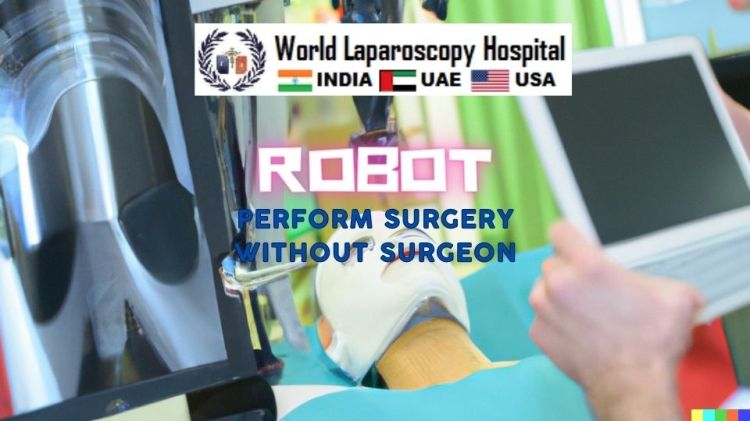-- ALL Newsletter --
2010
2011
2012
2013
2014
2015
2016
2017
2018
2019
2020
2021
2022
2023
2024
2025
Robot performs first laparoscopic surgery without human help

In a noteworthy development in the field of robotics, the Smart Tissue Autonomous Robot (STAR) has successfully conducted laparoscopic surgery on the soft tissue of a pig without human intervention. The robot was developed by a team of researchers from Johns Hopkins University and has been described in a recent publication in Science Robotics. This accomplishment is considered to be a significant advancement towards the eventual goal of fully autonomous robotic surgery on humans.
According to senior author Axel Krieger, an assistant professor of mechanical engineering at Johns Hopkins' Whiting School of Engineering, their study indicates that they can automate one of the most intricate and delicate tasks in surgery, namely, the reconnection of two ends of an intestine. In the procedure, which is called intestinal anastomosis, the robot called Smart Tissue Autonomous Robot (STAR) outperformed human surgeons by producing significantly better results. This step is one of the most challenging in gastrointestinal surgery and requires high accuracy and consistency in suturing, as even a slight error could have catastrophic consequences for the patient.
Working in collaboration with colleagues at Children's National Hospital in Washington, D.C. and Jin Kang, a professor of electrical and computer engineering at Johns Hopkins, Krieger and his team created the STAR, which is a vision-guided system specifically designed for suturing soft tissue. Their new robot improves upon a previous 2016 model that successfully repaired a pig's intestines accurately but required a larger incision to access the intestine and more human guidance.
The team enhanced the STAR with advanced features, including specialized suturing tools and state-of-the-art imaging systems that provide more accurate visualizations of the surgical field, to enable the robot to perform the challenging surgical task with minimal human intervention. The STAR can also adjust the surgical plan in real-time, much like a human surgeon, thanks to a novel control system. The robot is the first to plan, adapt, and execute a surgical plan in soft tissue with minimal human intervention, according to Krieger.
Kang and his students developed a structural-light based three-dimensional endoscope and machine learning-based tracking algorithm that guides the STAR. They believe that an advanced three-dimensional machine vision system is essential in making intelligent surgical robots smarter and safer.
As the medical field shifts toward more laparoscopic procedures, it is critical to have a robotic system designed to perform such procedures automatically to assist human surgeons, according to Krieger. This type of robotic anastomosis can help ensure that surgical tasks requiring high precision and repeatability are performed with greater accuracy and precision, resulting in more consistent patient outcomes, he said. The research was funded by the National Institute of Biomedical Imaging and Bioengineering of the National Institutes of Health under award numbers 1R01EB020610 and R21EB024707.



